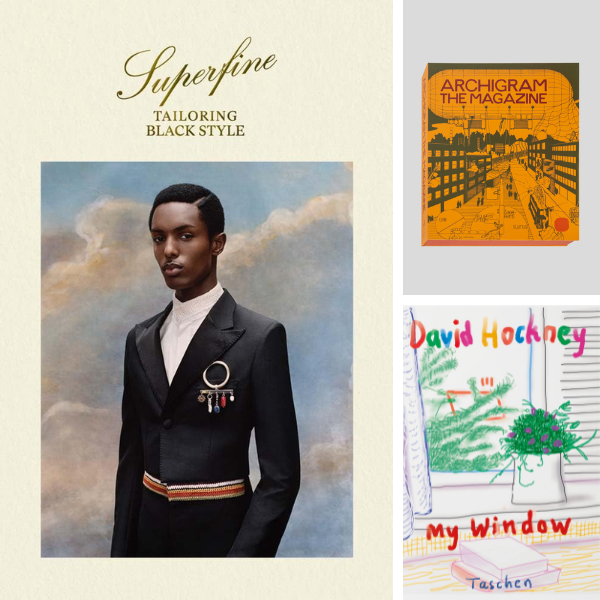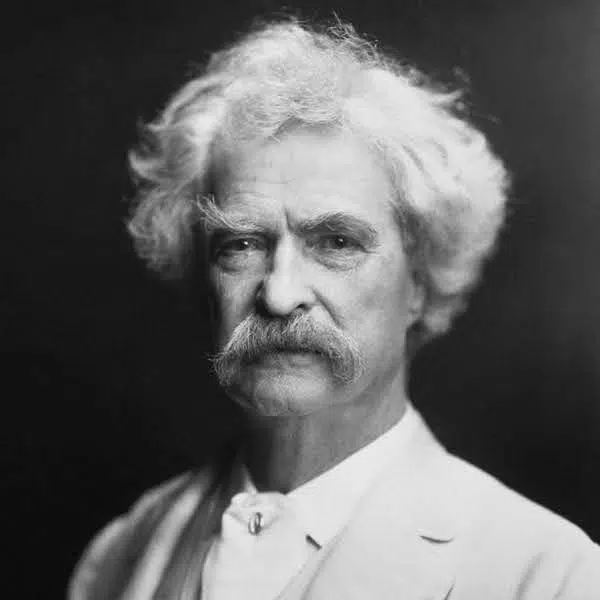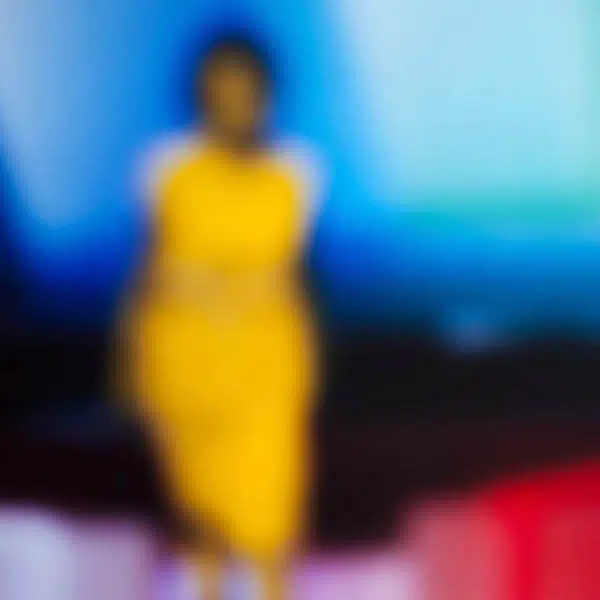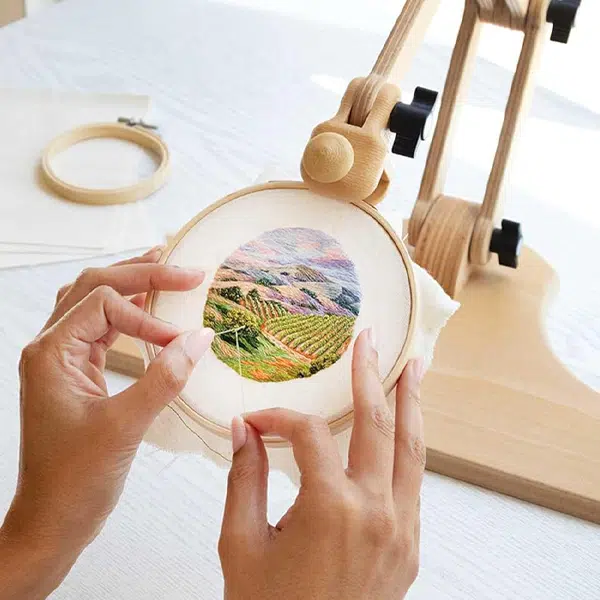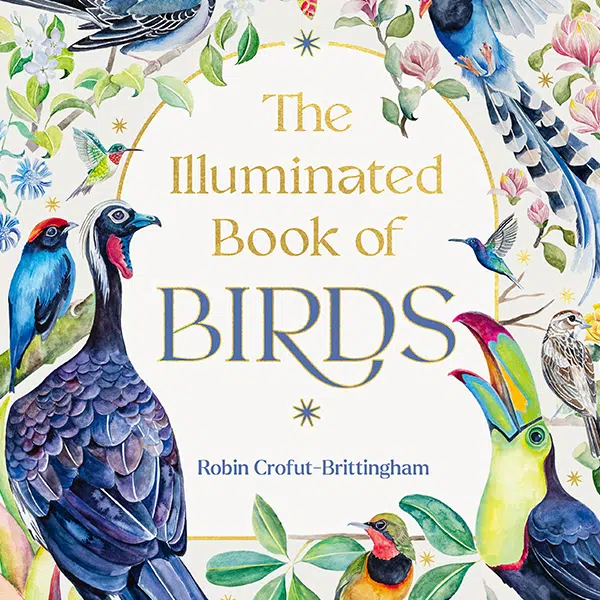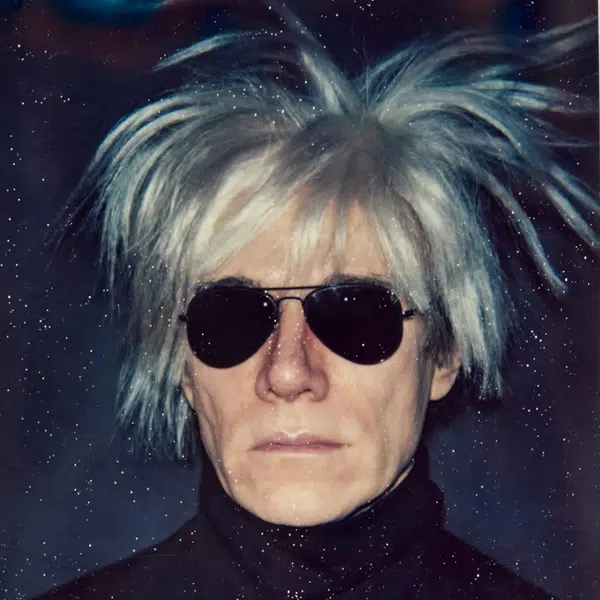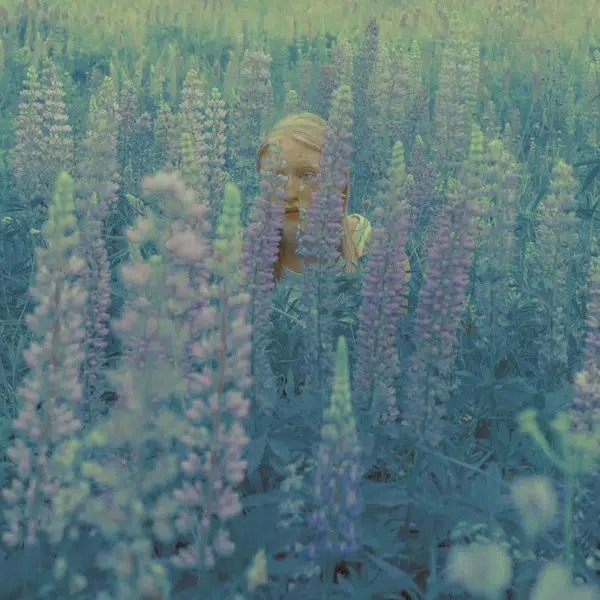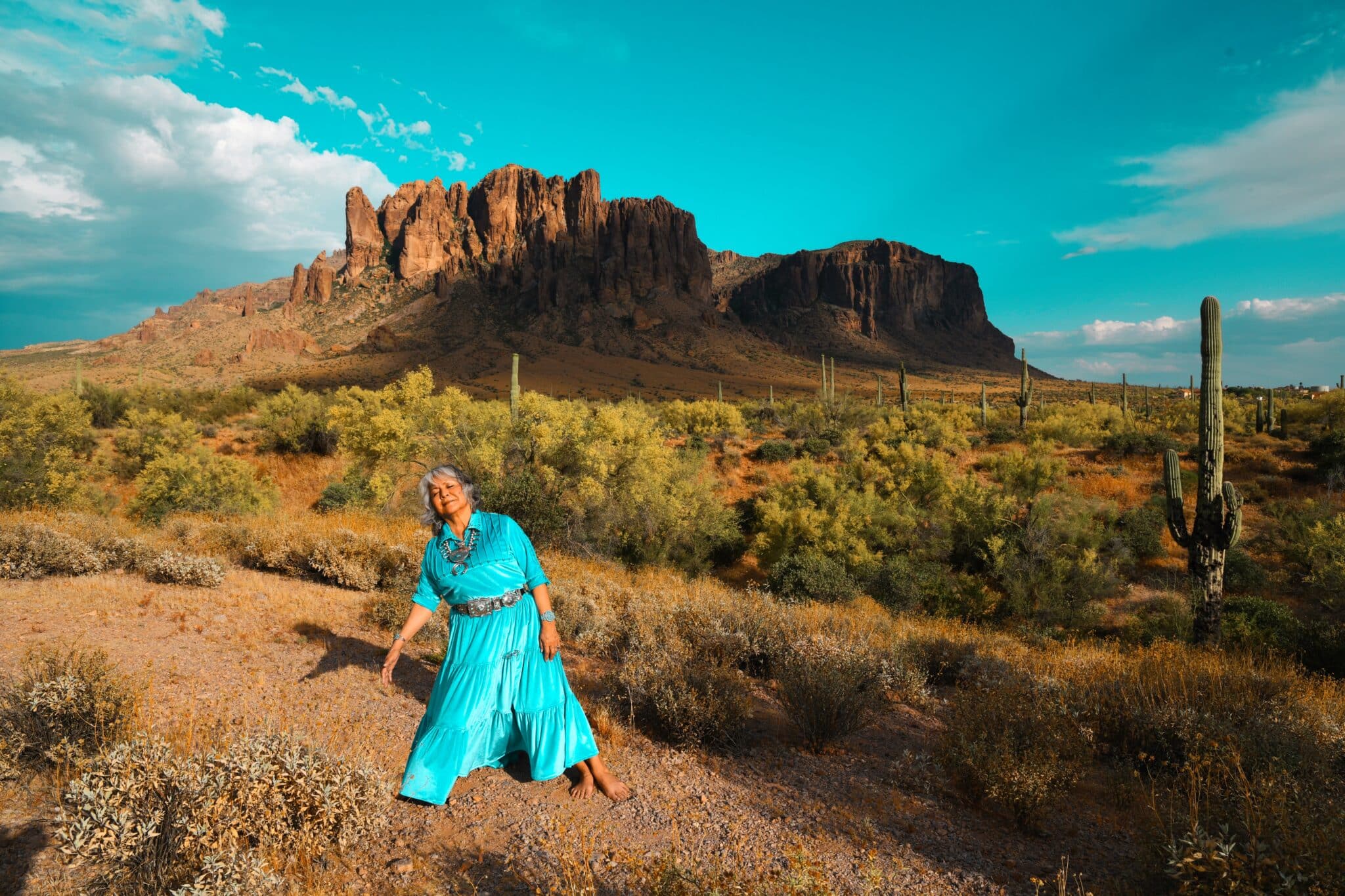
Laura Tohe (Superstition Mountains, Arizona). Language: Navajo
This post may contain affiliate links. If you make a purchase, My Modern Met may earn an affiliate commission. Please read our disclosure for more info.
At a time when it's more important than ever for America to embrace its diversity, photojournalist B.A. Van Sise traveled the country to examine its endangered languages. This groundbreaking project has since transformed into a traveling exhibition and book titled On the National Language: The Poetry of America's Endangered Tongues.
Featuring nearly 80 artistic images of endangered language speakers, coupled with explanations of each language and short essays by nine contributors from diverse cultures, the book weaves a fascinating tale of American history. From a wide variety of Native American languages to regional dialects, Van Sise dives into a world where people are not only proud of their heritage but are looking to protect it actively.
After linking up with a language revitalizer in Oklahoma, Van Sise discovered that the face of endangered languages isn't always what one would expect. “I realized the project was about younger folks and the future more than the colonialist ideas of the past,” he tells My Modern Met. “But more importantly than that: a lot of the folks working to save these languages from the brink of silence all know each other.”
These connections allowed Van Sise to explore a wide breadth of languages, as one sitter would then suggest another person for the project. Pushing himself out of his comfort zone and often traveling to extremely remote areas to encounter speakers of these languages, Van Sise immersed himself in these cultures.
For instance, to capture a photo of Sylvan Esh, a Pennsylvania Dutch speaker, Van Sise spent four days living on his farm. As Esh is Amish, and photography is not allowed, Van Sise had to build enough trust to be able to capture—with permission—this single image of the man taken from behind.
With an exhibition set to open at Los Angeles' Skirball Cultural Center on October 17 and the book, Van Sise hopes that his work can inspire curiosity and allow them to see how much we have to lose if these languages fade into obscurity.
“We need to step away from this mindset of only caring about ourselves, our own individual cultures, see how much we're connected—whatever they might be, our histories are intertwined and our futures are too,” he muses.
“But more than that, I want young folks to see this and see that it's something cool and see that it's something different and that our many cultures exceed their tropes—and get a spark in their mind, hopefully, that they can do this, too. They can pick up these languages, they can carry whole cultures, whole worlds on the road that stretches out in front of them.”
On the National Language: The Poetry of America's Endangered Tongues is a fascinating look at America's cultural heritage.
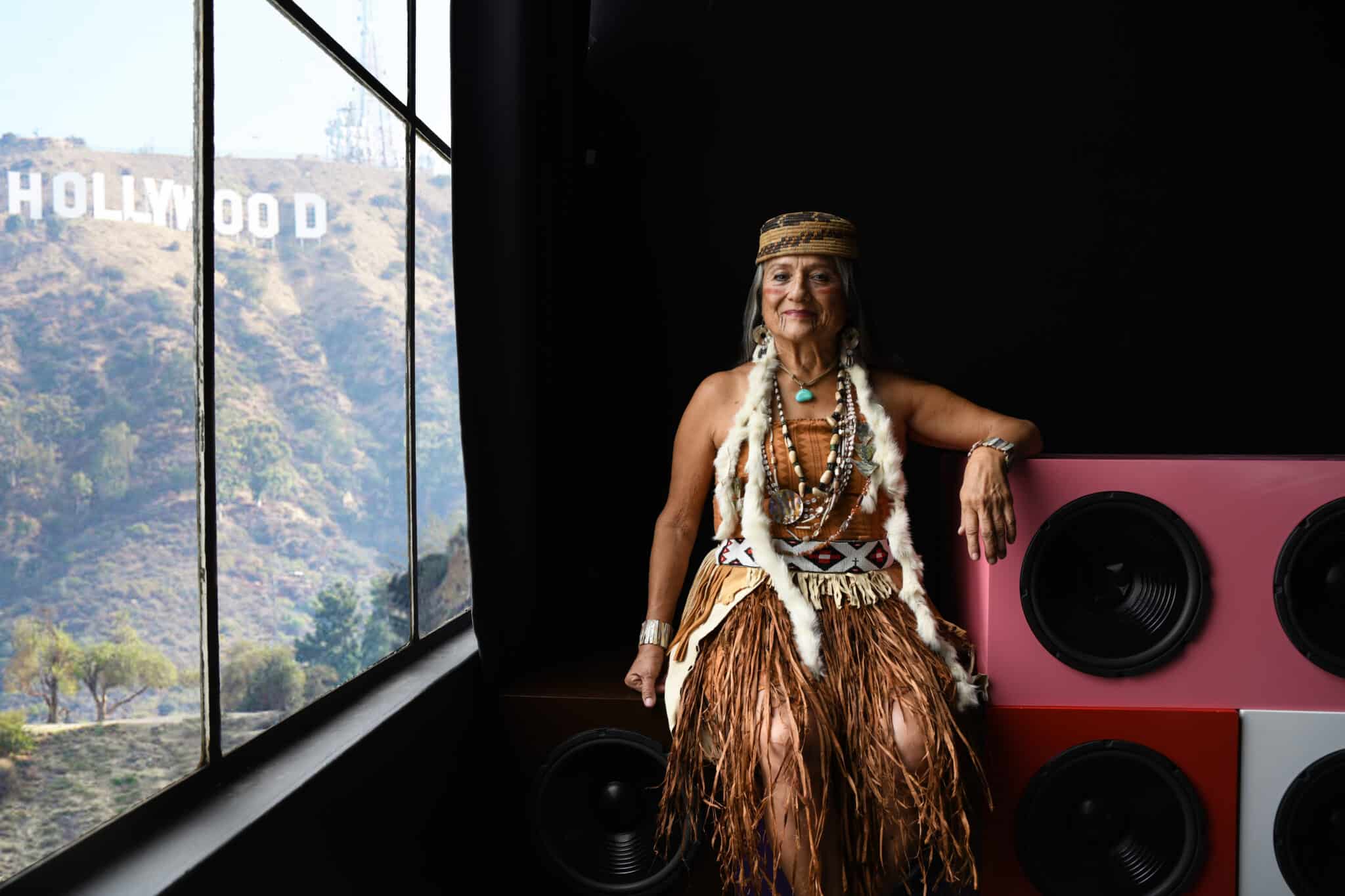
Virginia Carmelo (Los Angeles, California). Language: Tongva
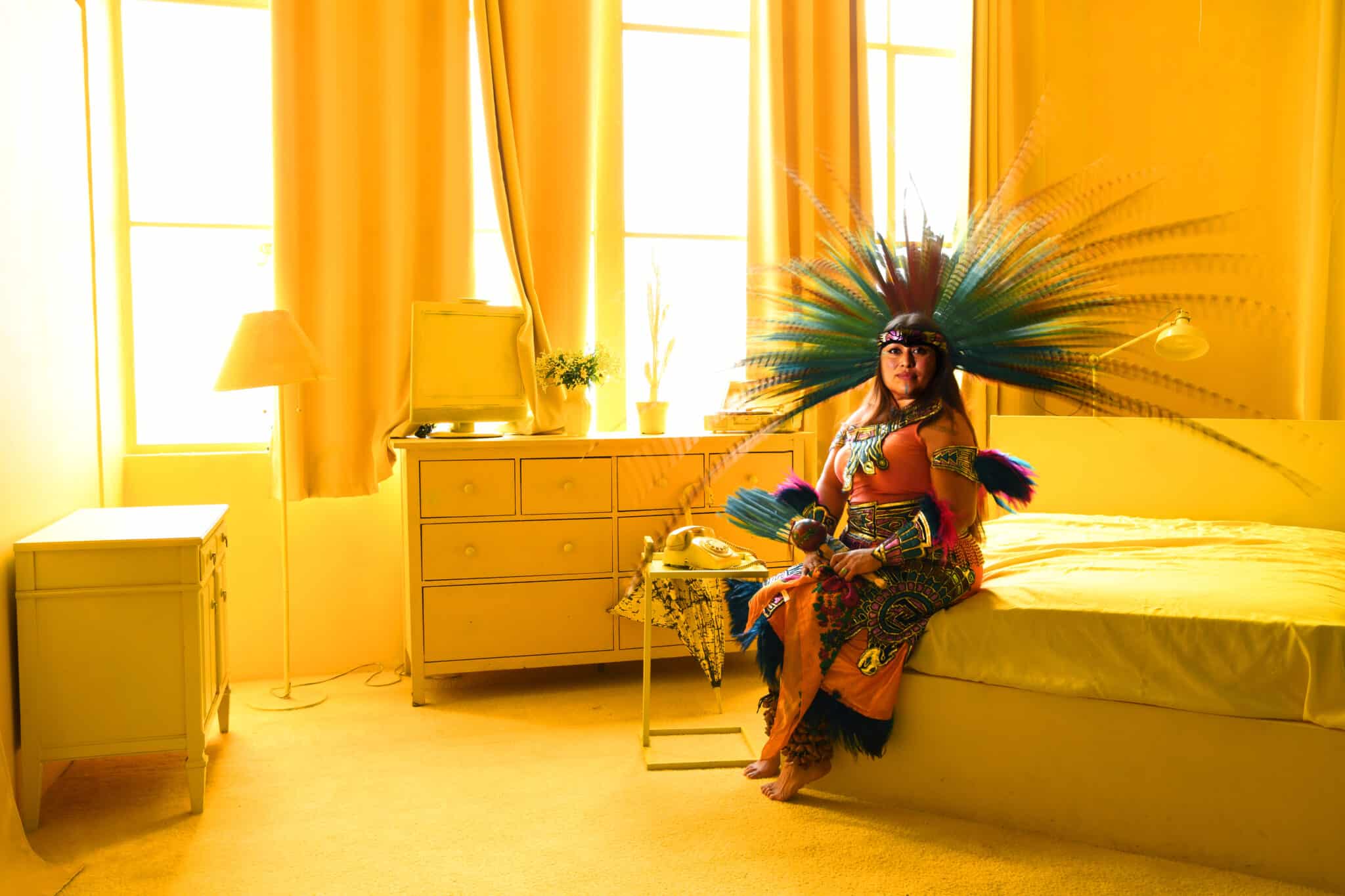
Citlali Arvizo (Los Angeles, California). Language: Nahuatl

Nina Fifelov (Nicolaevsk, Alaska). Language: Alaskan Russian
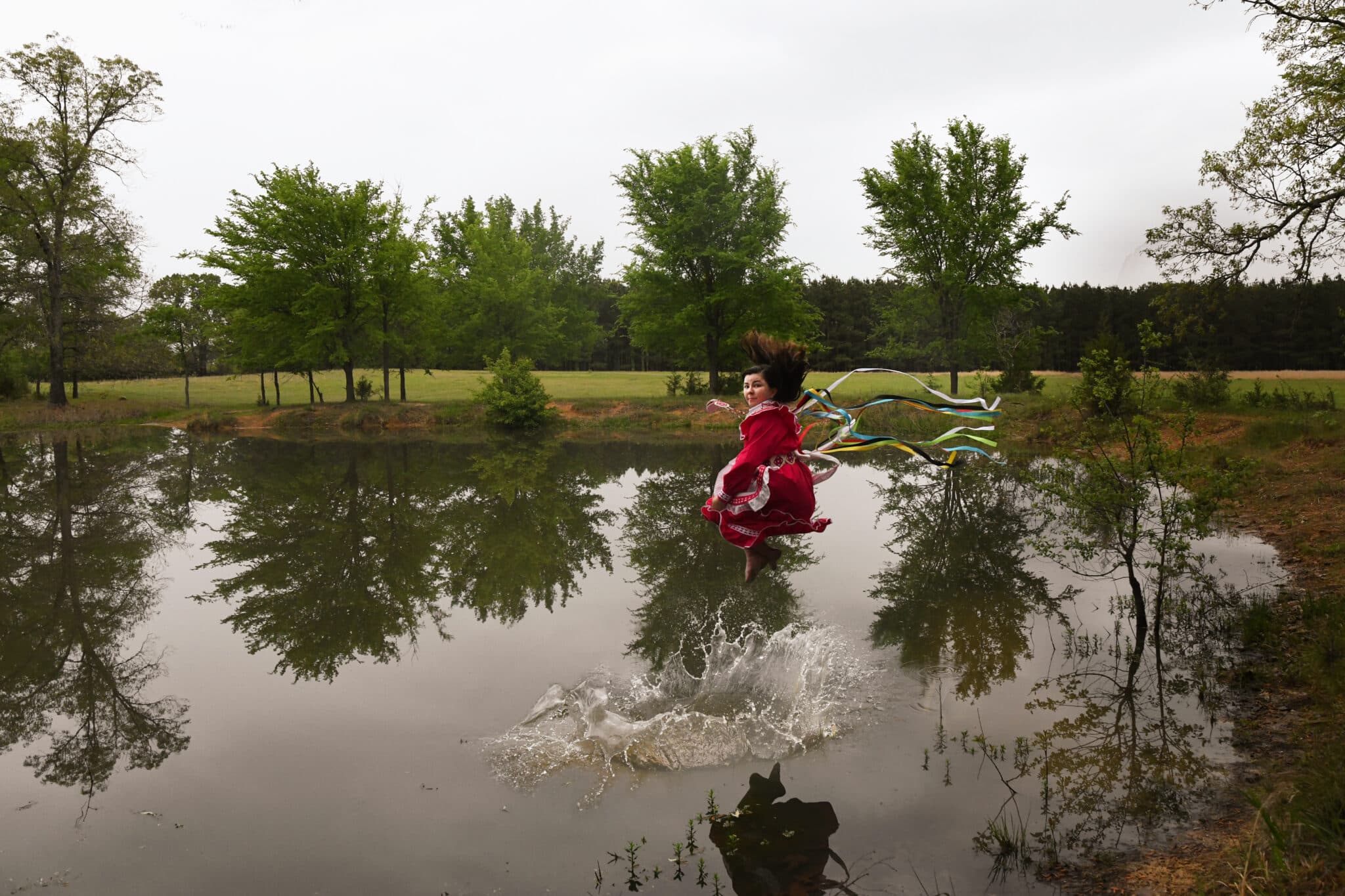
Sarah DeHerrera (Atoka, Oklahoma). Language: Oklahoma Choctaw.
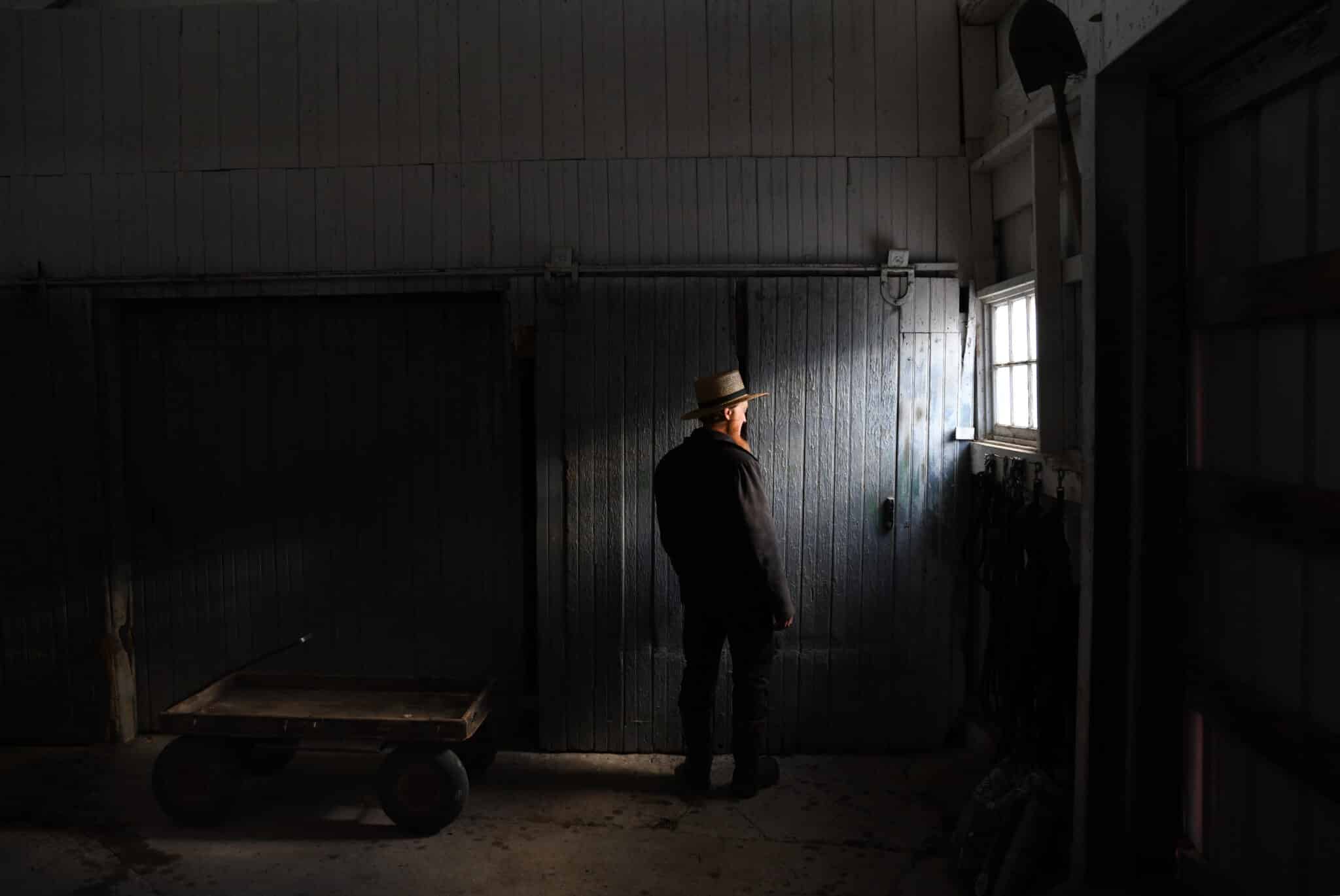
Sylvan Esh (Gordonsville, Pennsylvania). Language: Pennsylvania Dutch
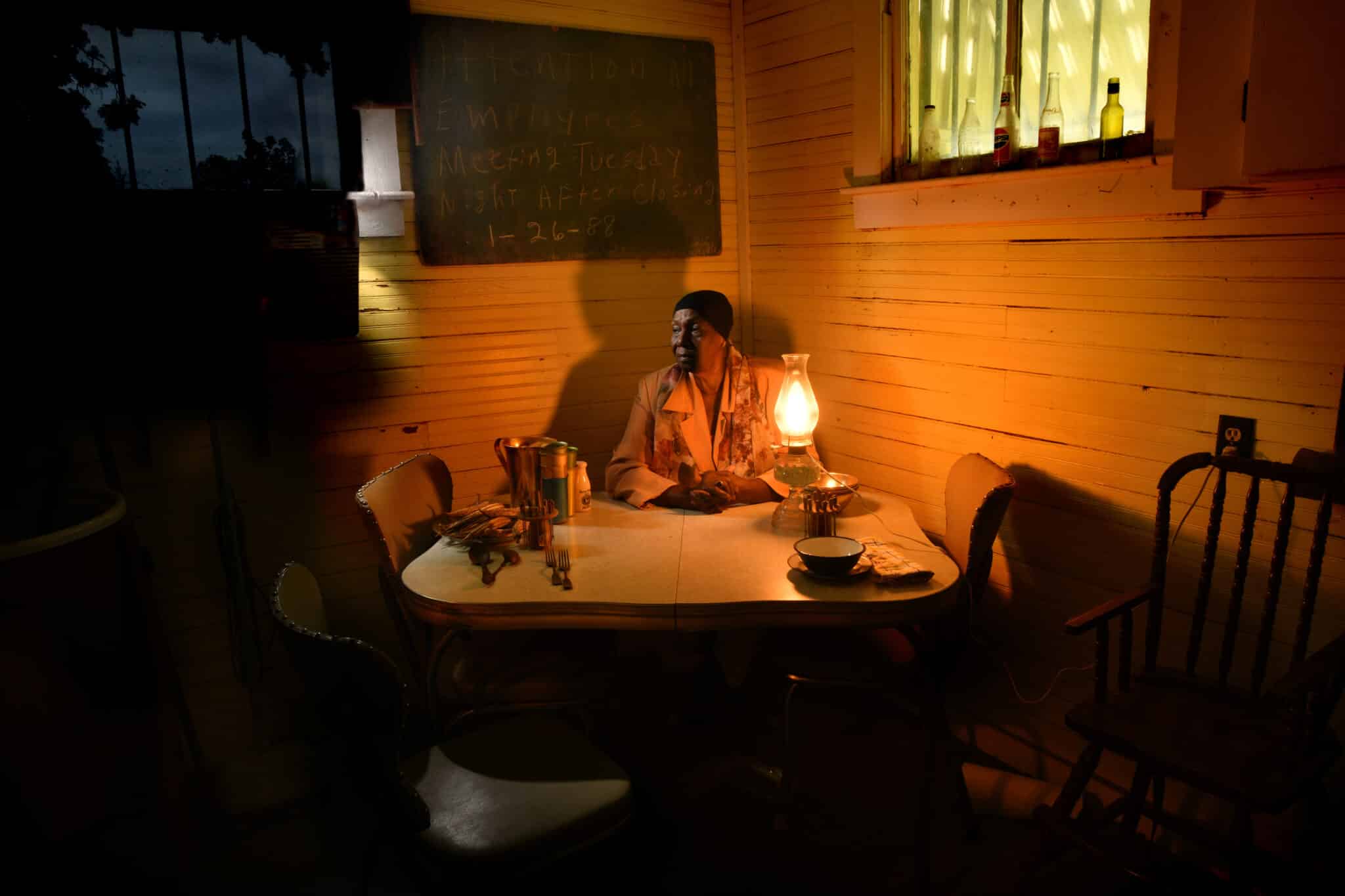
Rebecca Henry Davis (Opelousas, Louisiana). Language: Kouri-vini (Louisiana Creole)
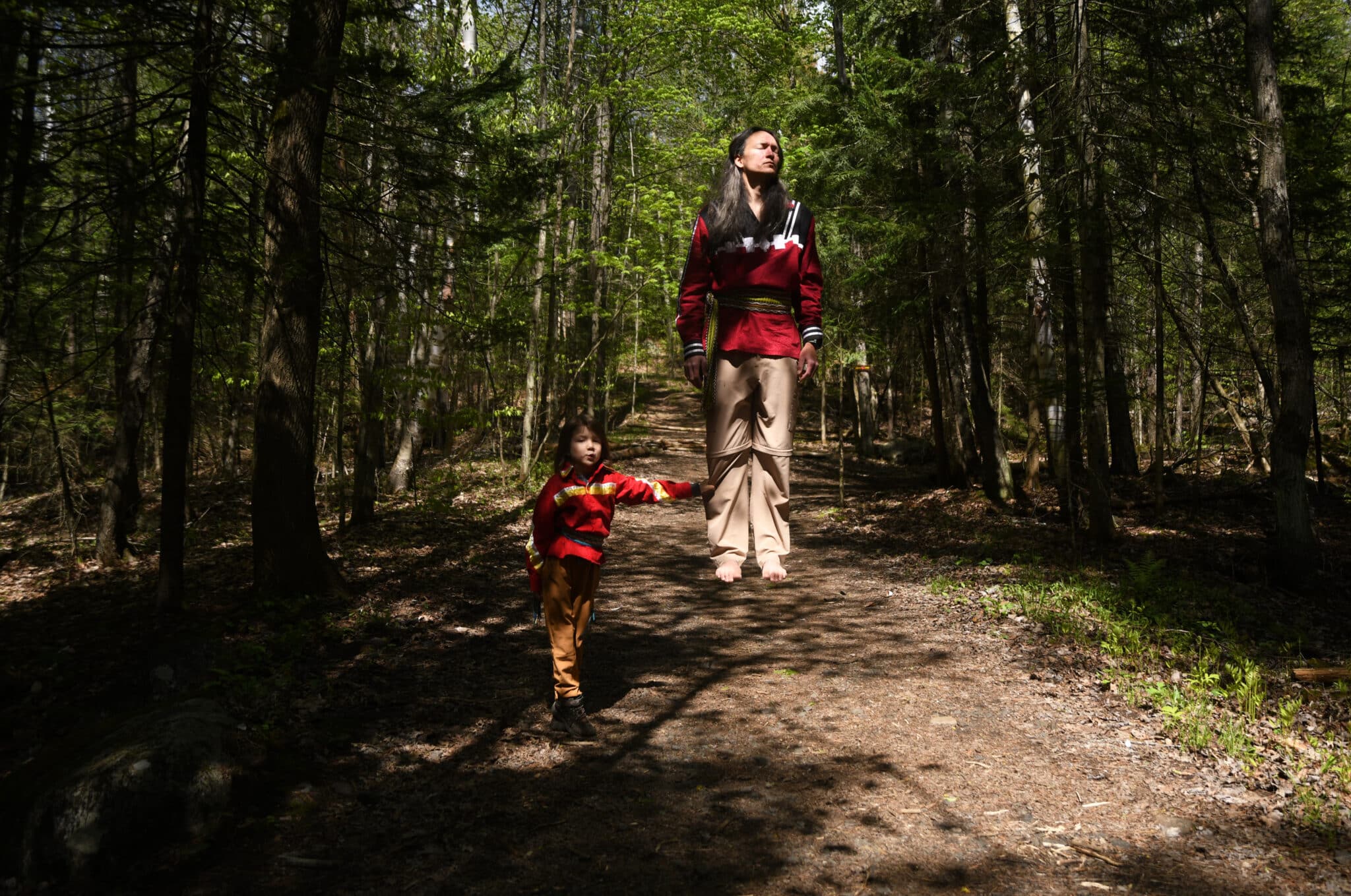
Nihahsennaa Peters (St. Armand, New York). Language: Mohawk
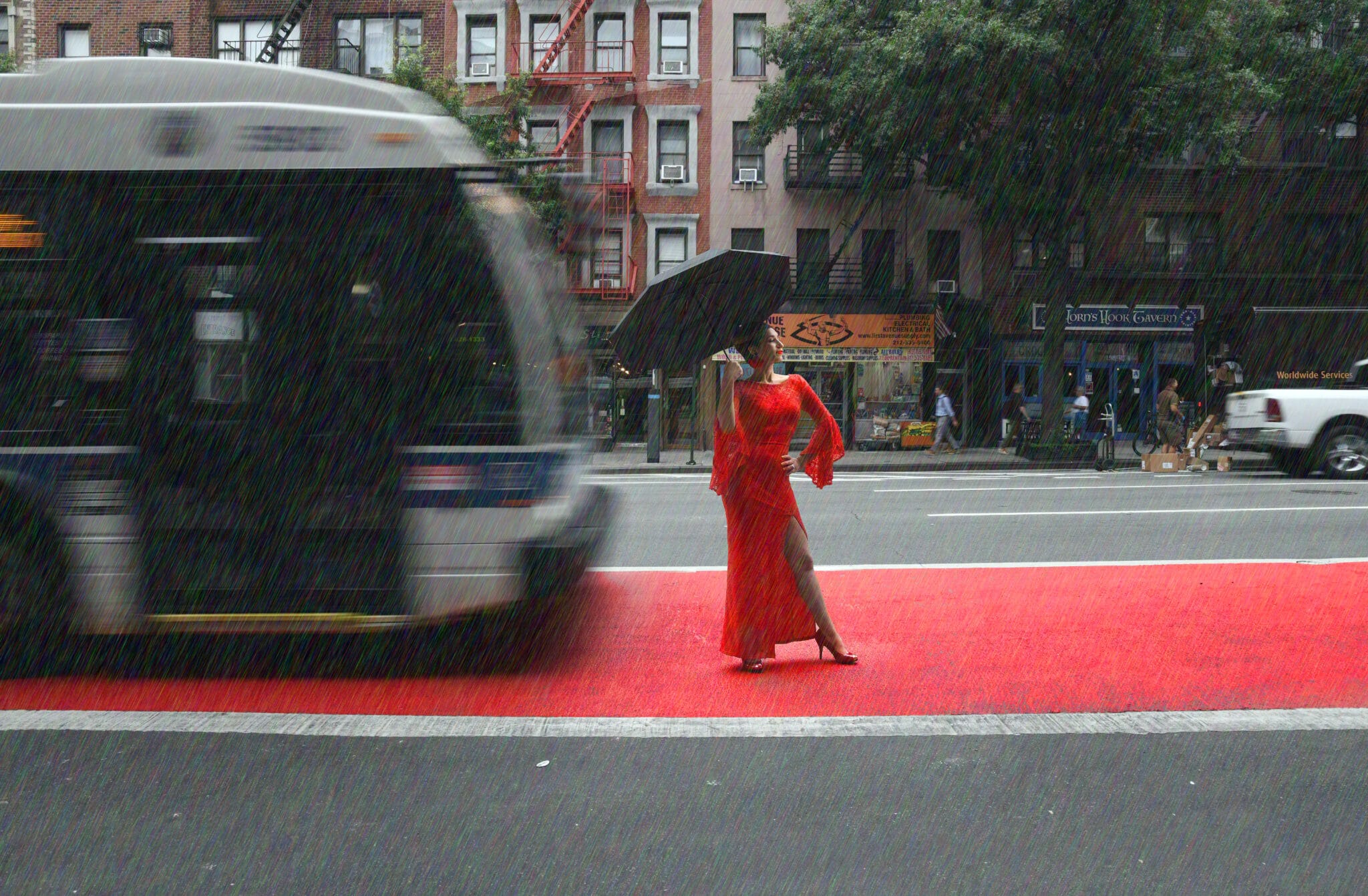
Sarah Aroeste (New York, New York). Language: Judaeo-Spanish














































































